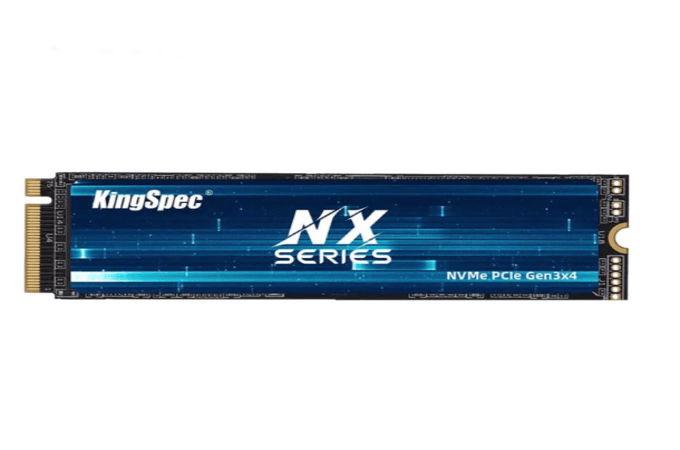News
Site Editor
 Site
https://kingspec.usa02.wondercdn.com/uploads/image/6307135a29359.png
Solid-state drives are storage devices that have no moving parts. SSD is a capacity medium that utilizes non-volatile memory to hold and access information.
Site
https://kingspec.usa02.wondercdn.com/uploads/image/6307135a29359.png
Solid-state drives are storage devices that have no moving parts. SSD is a capacity medium that utilizes non-volatile memory to hold and access information.
What Determines SSD Speed?
Views: 8809
Author: Site Editor
Publish Time: 2022-07-22
Origin: Site
Solid-state drives are storage devices that have no moving parts. SSD is a capacity medium that utilizes non-volatile memory to hold and access information.
Dissimilar to a hard drive, an SSD has no moving parts, which gives it benefits, for example, quicker access time, silent activity, higher unwavering quality, and lower power utilization.
We will take a deeper look at each of the parts that determine the high speed of an SSD technology.
Various parts and terms that determine the speed of an SSD
The interface of the SSD
The interface used by an SSD device varies and the efficiency of these interfaces are also upgrades of previous performance. It is normal for an SSD to block the SATA interface. NVMe is the fastest interface, both in terms of data transfer capability and standby and contention.
The translation controller implemented
The host thinks about the LBA (logically addressable blocks). However, Flash is made in blocks with random access (which is much larger than the LBA component).
The controller must determine between the sectors but must take into account which parts of the sector can be written to and which can be erased.

Size of the NAND channel
Channels refer to the number of chips a manager can talk to at the same time. Low-quality SSDs usually have 2 or 4 channels; High-quality SSDs usually have 8 channels, and some have 10 channels.
Each flash drive chip is located in one place on one bridge in the form of a bench. The maximum chip limit is a result of the cost consideration.
PCIe version
Each new age of the PCIe detail carries with it more prominent execution, so associations ought to attempt to decide on SSDs that stick to the latest adaptation. The latest version of this technology increases the bandwidth of reading and writing to the SSD.
RAM
The installed ram of the host device also has a major impact on the speed of the SSD. Adding RAM to your computer can help reduce the amount of time your SSD stays connected, possibly extending its lifespan and access efficiency.
When you run out of physical memory due to heavy usage, Windows starts moving the not frequently used pages of memory to the root of your hard drive, freeing up space in your physical memory.
When this drive is an SSD, it means that Windows writes a lot, which degrades the quality of the flash memory over time. The logic seems to dictate that if you have enough memory, Windows shouldn't take resources away from it, and you can reduce the load on the SSD by disabling the page file.
Capacity of SSD
When you save a file to your computer, your SSD needs to perform a quick (large) scan to determine where to store the data on the disk. To find out where the next vacancy is and fill it with new data. Simple, but can be a bit fluffy.
However, for a 250 GB drive, the capacity jumper is much faster than for a 2 TB drive with maximum capacity. As a general rule, SSDs should be used with less than 70% capacity for optimal performance, regardless of full size.
The smaller the capacity of the SSD the larger the time it takes to compute the storage location of a file on the SSD.
Purchase your premium SSDs from us
We are sure you are more enlightened about SSD technology and how to keep the blazing speed of your SSDs alive.
You can access the best available designs of SSD coupled with a solid customer response service. Kindly click here for more information or to place an order for high-quality SSD.






















